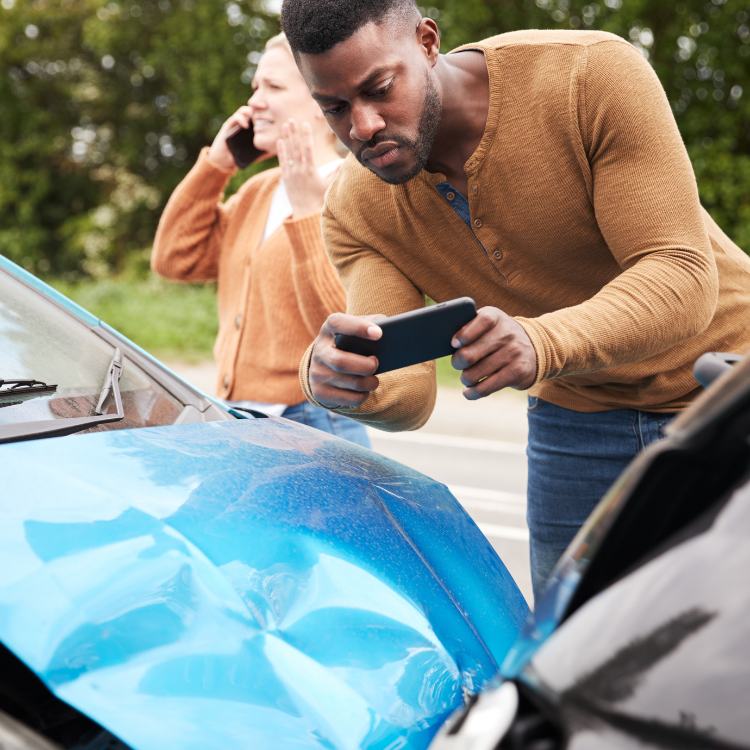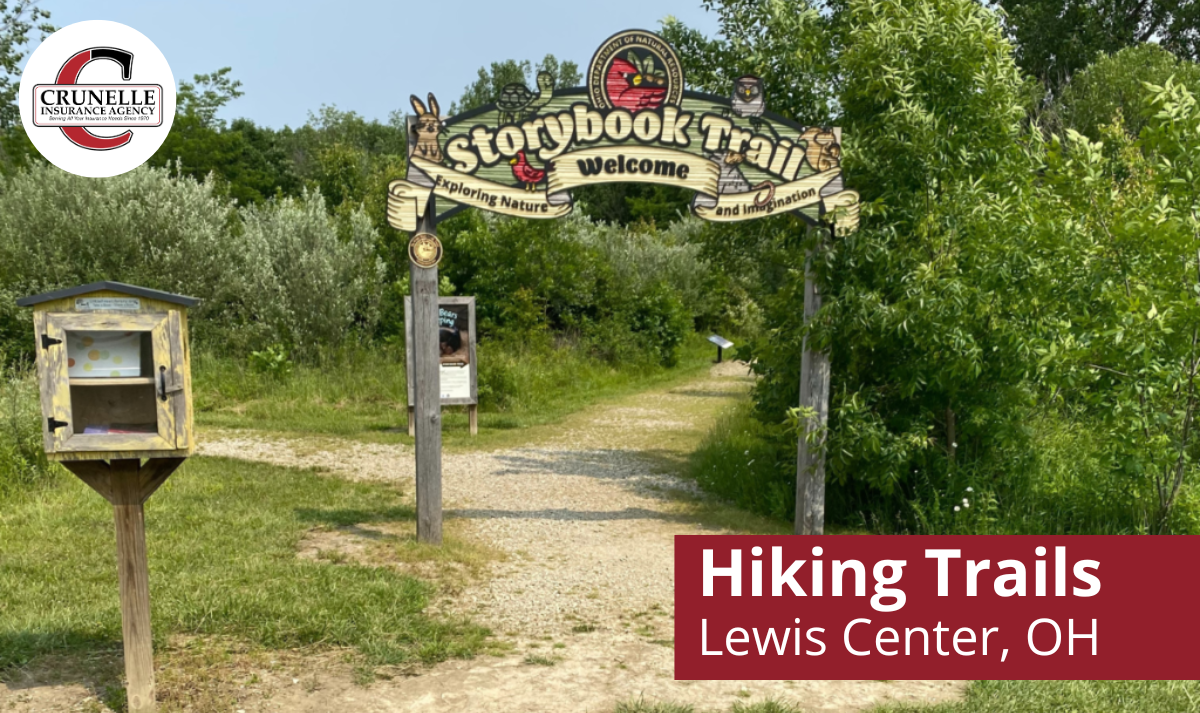Being involved in a car accident can be a jarring experience, leaving you feeling stressed and overwhelmed.

In the immediate aftermath, knowing what to do can make all the difference in ensuring your safety, protecting your rights, and navigating the complexities of insurance claims.
Here are ten essential steps to take after a car accident in Ohio.
Step 1: Ensure Safety First
The first priority after a car accident is safety. Check yourself and others for injuries. If it is safe to do so, move your vehicle to the side of the road to avoid further accidents. Turn on your hazard lights to alert other drivers of the situation.
Step 2: Call Emergency Services
If there are any injuries or significant damage, call the police immediately. In Ohio, it’s important to have a police report for insurance claims and legal purposes. The police can document the scene and provide an official report, which can be invaluable later on.
Step 3: Exchange Information
Gather information from the other driver(s) involved in the accident. This includes names, phone numbers, insurance companies, policy numbers, and vehicle details. If there are witnesses, make sure to collect their contact information as well.

Step 4: Document the Scene
Take detailed photos of the accident scene, including vehicle positions, damages, and any road conditions that may have contributed to the crash. This documentation can be crucial for your insurance claim and any legal proceedings that may follow.
Step 5: Seek Medical Attention
Even if you feel fine, it’s advisable to seek a medical evaluation after an accident. Some injuries may not manifest symptoms immediately. Having a medical record is also essential for any claims related to injuries sustained during the accident.
Step 6: Notify Your Insurance Company
Contact your insurance provider as soon as possible to report the accident. Provide them with all necessary information, including your documentation from the scene and any medical reports. Timely reporting can help facilitate your claim and ensure you receive the coverage you need.

Step 7: Avoid Admitting Fault
It’s important not to discuss fault at the scene of the accident. In Ohio, fault plays a significant role in insurance claims, and admitting fault could complicate your situation. Leave it to the police and insurance companies to determine liability.
Step 8: Keep Records of Everything
Maintain a comprehensive file that includes all documentation related to the accident. This should encompass photos, police reports, medical bills, and any correspondence with your insurance company. Keeping meticulous records can aid in the claims process and help you stay organized.
Step 9: Consult with a Legal Professional
If you feel uncertain about your rights or the next steps to take, consider consulting with a legal professional. A lawyer can provide valuable guidance, especially if disputes arise regarding fault or compensation.
Step 10: Follow Up
After the initial steps are completed, stay on top of any follow-ups required with your insurance company and medical providers. Track your recovery process and maintain communication to ensure that your claims are processed smoothly.

Navigating the aftermath of a car accident can be daunting, but following these steps can help you regain control of the situation.
By prioritizing safety, documenting everything, and consulting with professionals when necessary, you can protect your rights and ensure a smoother recovery process.
Remember, staying calm and organized is key to effectively managing the challenges that come your way.






